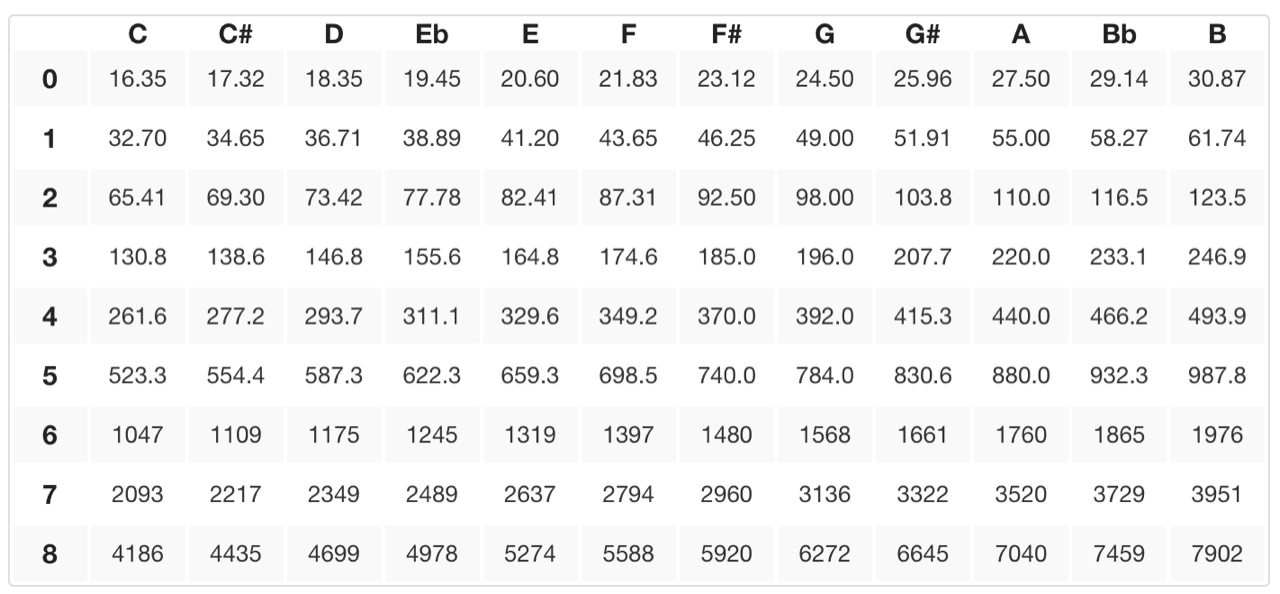Concert Pitch Singing Bowls
Concert Pitch antique singing bowls are much in demand by sound therapists, musicians, and collectors, but unfortunately Himalayan bowls rarely conform to the Western chromatic scale, and perfect pitch examples are extremely uncommon across all bowl types. Antique bowls that are still in reasonable supply such as the Thadobati, and to a lesser extent smaller Jambati, are more likely to yield the occasional perfect pitch specimen…while rare forms like the Mani and Lingam are much less likely to. The fact that a bowl has perfect pitch alone does not necessarily make it worth collecting, as other important criteria must also be met such as its quality, ease of play, and physical condition.
All of the concert pitch bowls here are from my own private collection. I have done my best to accurately meter and identify notes, but antique singing bowls are complex multi-harmonic instruments and their sonic properties are sometimes difficult to determine and record. All my bowls have been metered with a Korg Orchestral Tuner (OT-120) and the excellent ‘iStroboSoft’ application which I also use to identify a note’s frequency. I meter both the struck note and the played rim note. The resulting numbers are then located on a chart that lists the exact frequency for every note in each octave, so that I can assign the name of the note with some degree of confidence. Concert or Perfect Pitch means that the note has been metered at the exact frequency associated with its precise position on the chromatic scale. However, in practice a couple of Hz either side of exact is barely perceptible, especially in the higher octaves, and perfectly acceptable as Perfect Pitch.
Note Frequencies

The octave numbers are in the left column – so, for example, middle C is 261.6 Hz
There are currently over 50 Concert or Perfect Pitch Singing Bowls in my collection. See them here.